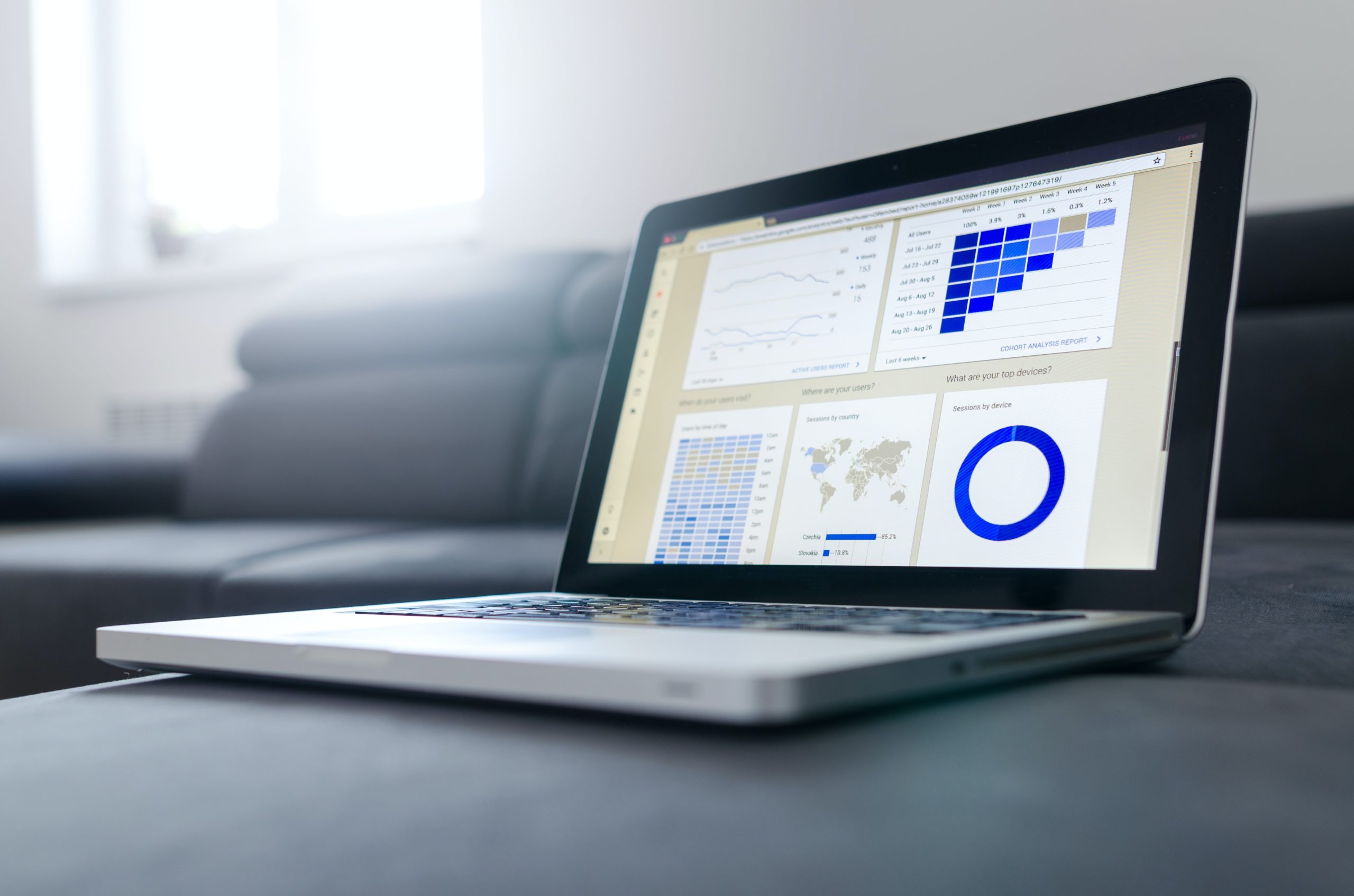

Don't you want to read? Try listening to the article in audio mode 🎧
Digital Transformation has dramatically changed the work of corporate departments. The Human Resources (HR) department is among those where innovation has changed things considerably compared to a few years ago.
During the last decade the role of Human Resources was mainly that of managing payroll, pension and tax obligations. The HR department was also responsible for recruitment, responding to the requirements of other departments in the company. This process usually involved arranging publication of online and newspaper ads. In some cases, especially in manufacturing and service provision, HR management also included monitoring staff productivity.Current HR managementTechnology has made HR managers more efficient both in the search for new staff and in managing payroll. Monitoring and evaluation of performance and the management of company welfare benefits is also handled quite well. Well-managed companies try to avoid excessive staff turnover in the most senior positions, by, among other things, monitoring salaries and the benefits of employees in similar roles. If you want to keep your company’s key staff you need to be able to ensure they are motivated and not looking for other employment opportunities. Significant benefits are reaped by carrying out standard HR management tasks using state of the art digital tools that provide much more than the usual software for payroll, social security contributions and absence management.
The most useful digital tools for digital HR management
Tasks that in many companies are managed using different platforms can now be administered efficiently and effectively to achieve the company’s objectives. Here are the tasks carried out by the HR management tools:1. HRMS platforms
Human resources departments have a lot of data about employees, and information to key in, store and retrieve as needed. The tool of choice for processing this information is a comprehensive human resources management system. Whether it's a software solution or a SaaS, a HRMS (Human Resource Management System) platform is essential for effective personnel management, because it allows you to store and organise data, such as employee profiles, working hours, attendance records, holidays and much more. Most HRMS tools provide a central platform for HR management and often there are modules or integrations for payroll, benefits and performance evaluation management.2. Managing Recruitment
Using HR digital platforms to manage recruitment is very effective, it is an area where innovation is more evident compared to traditional methods. Recruiting software simplifies the process of selecting candidates. It allows you to publish job advertisements, receive and classify applications, it manages the process of selection of candidates and performs other functions, eliminating the hassle of managing these processes manually. Recruiting new employees is a complex process. Some recruiters search for new employees by publishing advertisements on specialised portals and assessing job applications, as well as checking amongst the company's network of contacts. During this process, after candidates are selected, each one needs to be interviewed (sometimes more than once) in order to evaluate their experience and motivation, and then the most suitable candidate is chosen. The margin of error, however, remains large with regard to their actual competence, their ability to work in teams and many other skills and aptitudes deemed necessary for successful integration in the company such as, for example, commitment to the values of the company or their ability to work within a group.Recruiting platforms
Currently, recruiting platforms enable, for example, potential candidates to be selected and contacted directly using the service offered by LinkedIn or other portals that have the profiles of thousands of people interested in changing jobs. It is possible to use social networks and automate the initial screening of profiles, using platforms that check not only skill sets, but also other aspects, such as their approach to change and passion for digital innovation. Recruiting people who are very skilled at their job but have no interest in the digital evolution of their work is very dangerous. The digitisation of tasks and processes is a constantly evolving phenomenon and it is essential that the skills and aptitudes of new employees, in all positions, are complemented by a real interest in innovation. In a few years' time, those who are hired now will necessarily have to change technology and working methods. Currently it is necessary for new employees to be able to use tools for teamworking and sharing of documents and projects. Every employee must be able to access training and participate in meetings, if required using online tools to do so. It is therefore necessary to evaluate the candidate's ability to quickly learn the features of the digital tools that facilitate their work.3. Performance monitoring
The number of companies using behavioural approaches to assess and monitor employee performance is increasing dramatically. In some cases, however, this is still done by having an annual meeting of departmental and HR managers, perhaps to allocate performance bonuses. Often this procedure takes place without the necessary objectivity, based on parameters that are not strictly linked to results or the output of individual employees. It is important to identify objectives for individual employees and continuously monitor performance, openly giving feedback and evaluation to the manager and the employee on a continuous basis. At the end of the year it is then easier to convene the employee and present him/her with the work done, evaluating results based on facts.Performance management platforms
There are several platforms on the market that assist in this important task. They facilitate the evaluation of the employee’s work, based on performance indicators (KPIs) defined by supervisors in collaboration with the HR department and management. These platforms allow you to examine performance, identify how an employee, or the team in which he or she works, can improve, if necessary providing customised training to fill the gaps. Digital HR makes it possible to detect shortcomings in the skills and abilities of individuals and to design appropriate training, which can be regularly provided in a digital format. Regular training is often more effective for employees, especially at lower levels, and it can, in many cases, replace traditional classroom courses. A program of regular training in digital format, using videos and questionnaires can be shared with employees, who can provide feedback and propose changes to the content based on the tasks they carry out and the experience gained in the field. Recent news reports about Amazon and hundreds of layoffs managed by software that monitors efficiency, management of breaks, and productivity show the other side of the coin; that is an overly analytical performance monitoring combined with information management based on a single parameter. Modern HR management is based on the growth of the individual employee, on his or her potential, on appropriate and personalised training and on the evaluation of results, which can also be improved through changing procedures. This is the task of performance monitoring software: to enable a manager, albeit helped by the reports produced by the platform, to make informed decisions. Decision-makers are called upon to evaluate the benefits that the individual employee brings to the company's operations. They must also manage the corporate responsibilities of ensuring the development of each individual’s potential and all human resources, as they are one of the most important assets of a successful business.4. Payroll service and digital innovation
Managers expect the HR department to be very efficient in managing the payroll. This may appear to be an area which has changed little compared to the past, as the way in which payroll, tax and employee payments are processed is generally less subject to change. Among the improvements of the new Payroll platforms, compared to classic payroll administration software, are the simplification of processes, cloud-based management and clarity for the employee, who can access his data remotely and assess what the company is doing for him in terms of renumeration. Establishing parameters for each grade and individual salaries, with a view to ensuring fairness and facilitating talent management and career development for those who are an important asset for the company, is also one of the features provided on salary management platforms.Conclusion
Human resources can be at the heart of a company's digital transformation. The advantages of introducing digital platforms are obvious. Recruitment, performance monitoring and payroll and bonus management, as well as staff training, are tasks that can best be managed by digitalising processes. The process of digital transformation of HR management requires a change in the mentality of HR managers, who are called upon to become skilled partners for top managers and the managers of individual departments, because they have information and tools that can make personnel management much more effective, thus helping to achieve the company’s objectives.
Article updated on: 21 November 2023

Don't Waste Your Talent. Turn It Into a Career With a Course That Fits Your Needs!
Talent Garden is your Digital Skills Academy, offering courses in Digital Marketing, UX Design, Digital HR and Data Analysis designed to launch your career.
Keep reading

7
min read
The Practical Guide to start using Google Data Studio
Digital Marketing measurement and reporting have changed dramatically in the last two decades. Greater complexity in ...
Talent Garden
30/06/2022

5
min read
Key functions of Human Resources within a company
In this article, we will see in detail the key functions and specific tasks of Human Resources (HR) within a company, ...
Talent Garden
11/03/2022

3
min read
Google Certified Digital Marketing - Is It Really Worth It?
In the era of digitalisation, marketing has undoubtedly moved to online channels. The adoption and awareness of online ...
Talent Garden
25/10/2021

4
min read
Change Management: what it is, how it works, and why it is vital for businesses
In today's corporate world, the ability to adapt to change is a major requirement for maintaining a degree of ...
Talent Garden
30/06/2022
